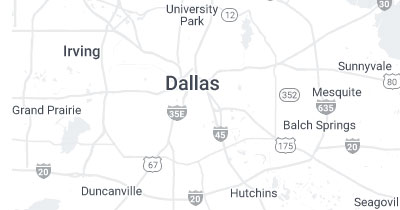Lateral Lumbar Interbody Stabilization
A lateral lumbar interbody stabilization is a surgical procedure used to relieve pain and discomfort from the compression of nerve roots in the lumbar spine by removing the degenerated disc that was causing nerve root compression.
Unlike traditional back surgery, we use XLIF and minimally invasive procedures to perform this operation through the patient’s side, avoiding the need to work through any major muscles of the back, thus creating much smaller incisions.
The surgeon begins by making two small incisions and inserts a probe through one incision, using a special X-ray machine to guide into the proper position.
A series of dilating tubes are slid along the probe, followed by a retractor, to move aside muscle tissue and create a working channel. The surgeon removes the damaged disc, while using the second incision to help guide the surgical instruments.
Once the damaged disc has been removed, the vertebrae is realigned by inserting a bone graft filled implant into the space where the disc was removed. This will relieve the pain and pressure from nerve roots around the disc. In time, the bone graft will grow in and around the implant, forming a solid bone bridge or fusion, between the adjacent vertebrae.
- Treatments
- Micro Endoscopic Discectomy
- Micro Endoscopic Cervical Discectomy
- Intralaminar Lumbar Microendoscopic
- Facet Fixation
- Transforaminal Lumbar Interbody Fusion
- Kyphoplasty and Vertebroplasty
- Lateral Lumbar Interbody Stabilization
- Spinal Cord Stimulator Implant
- Anterior Cervical Discectomy and Fusion
- Minimally Invasive Lumbar Decompression
- Laminectomy
- Spinal Decompression
- Discectomy
- Microdiscectomy
- Spinal Fusion




